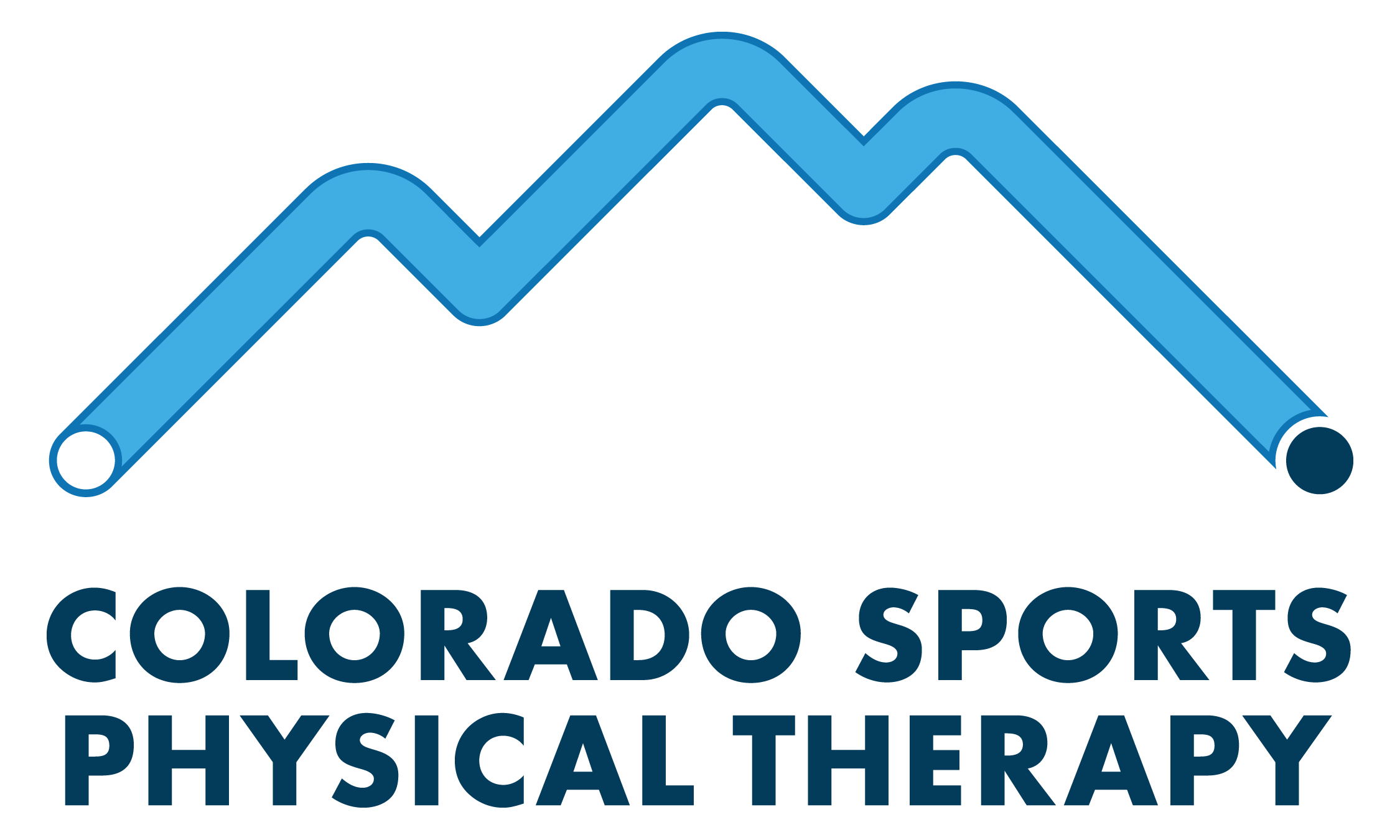Should I train through an injury?
All athletes fear getting injured, and yet all athletes will experience an injury at some point in their careers. Even just recreational level athletes will likely experience at least one injury during their athletic “career” that makes them adjust their training to some degree. When this injury isn’t an obvious play ending injury such as a fracture, it can sometimes be confusing for the athlete to know if they can train and compete through an injury. I’m here today to discuss some considerations for times when you are faced with this decision.
First, and foremost- if pain is present, there should be more consideration given to the situation than the advice of some coaches which is just to “suck it up” and keep playing. There are times when this advice might be acceptable, but we need to determine if this is one of those times or not. The best way to do that is to come to a sports oriented physical therapist. We can assess strength, range of motion, and perform clinical tests to determine the integrity of the region of the injury, thus helping us determine the cause of the pain. This assessment allows us to make very individualized recommendations to our patients about whether they should temporarily stop their training, continue with modifications, or if they are good to continue as normal.
It is important to note that of the three options I just mentioned, none of them are to completely give up your sport or activity. I think that, for the most part, if a physical therapist (or other health care provider) tells you that you cannot ever return to your sport or activity, it’s time for a second opinion. Telling an athlete that they cannot ever return to their sport should be such a rare prescription that in my almost thirteen years as a physical therapist, I don’t believe I have ever told a patient that they won’t ever be able to return to their chosen sport. Any restrictions placed on a patient’s current level of activity should be temporary with the goal of fully returning to their sport.
That being said, there have been countless times that I have talked with an athlete about pausing or modifying their training until they can safely return to sport. This is probably the most common response to whether or not an athlete should continue to train through an injury. The research is pretty clear with any injury or pain that we want our patients to stay as active as they can without aggravating their symptoms. This will keep our athletes as physically and mentally strong and engaged as we can while allowing time to rehab their injury. When you come to physical therapy, your therapist will help you determine what modifications need to be made to allow you to participate as fully as possible while allowing for time to heal and rehab your injury.
Making these modifications to training is important for many reasons. The most obvious is to avoid further injury to the same region or tissue. Another excellent reason to modify training for an injury is to avoid compensations due to that injury. If you have pain, decreased strength, or decreased range of motion, you are likely to change your movement patterns. These compensational movement patterns are usually not great movement patterns that at best can make you a less efficient athlete and at worst can open you up to further injuries, either of the pre-existing injury or something completely new.
There are some very limited instances when we might allow an athlete to continue training or to compete through an injury. A recent example in our own clinic is when an athlete ruptures their ACL, but they have only one competition left of their season as a highschool senior and they do not plan to continue with their athletic career beyond highschool. In such a case, we might allow the athlete to participate in the last competition to a certain degree for the athlete’s emotional wellbeing. These cases are quite rare, and are often discussed in detail with the athlete and with their parents when applicable. An athlete might also be allowed to continue training or competing if it is determined that their injury will not get worse with continued training or if the injury just does not play a role in that athlete’s chosen sport. Such as a hand injury in a cross country runner- it is likely there would be minimal to no change in this athlete’s training.
In most cases, though, there will need to be modifications to training to allow time for injured tissues to heal, and to regain normal levels of strength, range of motion, and motor control to avoid further injury. Continuing to play without addressing an injury is just asking for further problems. So the next time you (or your child) has pain or injury, come see us so that we can help you determine what modifications to make and then get you an individualized treatment plan to get you back in action as soon as possible!
Author: Heather Shaughnessy
